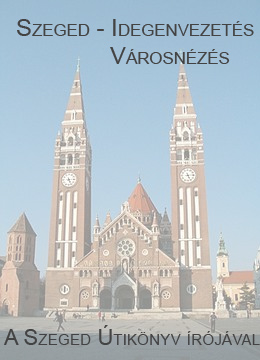Neuilly-sur-Seine [ejt: Nőji szür Szen] volt a döntő színhelye Bulgária megcsonkításának.
A bolgárok e békét máig is csak a Második Nemzeti Katasztrófa néven emlegetik…

The Treaty of Neuilly-sur-Seine (French: Traité de Neuilly-sur-Seine) required Bulgaria to cede various territories, after Bulgaria had been one of the Central Powers defeated in World War I. The treaty was signed on 27 November 1919 at Neuilly-sur-Seine, France.[1][2]
The treaty required Bulgaria:
- to cede Western Thrace to the Entente (which awarded it to Greece at the San Remo conference) thereby cutting off Bulgaria’s direct outlet to the Aegean Sea.
- to sign a convention on population exchange with Greece.[3]
- to cede a further area of 2,563 km2 (990 sq mi) on its western border with the Kingdom of Serbs, Croats and Slovenes (later Yugoslavia).
- to return Dobruja, which according to the Treaty of Bucharest was partially ceded to Bulgaria and partially to the Central Powers (who later, on 25 September 1918, transferred this joint condominium to Bulgaria), to Romania, thus restoring the border set by the Treaty of Bucharest (1913).
- to reduce its army to 20,000 men.
- to pay reparations of £100 million.
- to recognize the existence of the Kingdom of Serbs, Croats and Slovenes.
The signing ceremony was held in Neuilly’s town hall (hôtel de ville).[4]
In Bulgaria, the results of the treaty are popularly known as the Second National Catastrophe. Bulgaria subsequently regained Southern Dobruja as a result of the Treaty of Craiova. During World War II, together with Nazi Germany, it temporarily reoccupied most of the other territories ceded under the treaty.[5][6]
Ha tetszik írásunk, ajánlhatja másoknak is!
A túlélés útja ma magyarul gondolkodni...













 Európa szívéből
Európa szívéből


































